
Yuchen Automatic Leather Cutting Machine Cnc Leather Cutting Machines Oscillating Rubber Leather Cutting

Cloth Pattern Cutting Machine Fabric Cutting Machine Automatic CNC By Oscillating Knife Cloth Cutting Machine Straight Knife


Dual Laser Diamond High-precision Vertical CNC Laser Processing Center Nanosecond Fiber Laser CNC Grinder

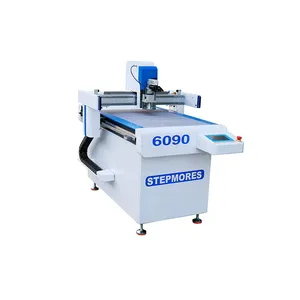
Cnc Round Knife Oscillating Knife Car Industry Leather Seat Covers Cutting Machine


Wood Laser Cutting Machine Cnc Fiber 1000 Watt Fiber Laser Cutting Machine Co2 And Fiber Laser Cutting Machine


Industrial Knife Cutting Machine Paper Industrial Full Auto Flat Bed Die Vibration Knife Cnc Cutting Machine


cnc 1325 co2 laser engraving machine 60w 80w 100w 150w 300w MDF 2030 laser cutting machine co2 laser cutter

Gweike LF1325LC metal and nonmetal 1000W stainless steel carbon steel cnc fiber laser cutting machine
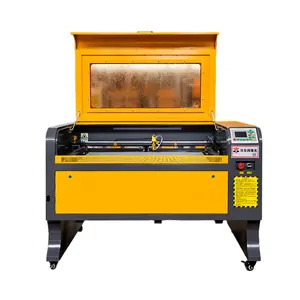
Easy use CNC Laser engraver cutter and Co2 Laser cutting machines manufacturer 9060 60/80/100W for Non-metal wood plywood
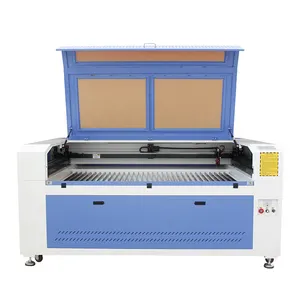
60W 80W 100W 150W 300W 1610 large area double heads co2 laser engraving machine CNC Laser cutting machine

Gweike big platform 130w 1500*3000mm Acrylic wood MDF Nonmetal LC1325D Co2 cnc laser cutting machine
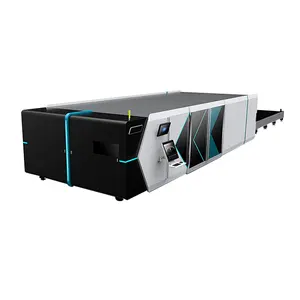
1000W 2000W 3000W 4000W 6000W CNC Fiber Laser Cutting machine for Steel Aluminum Sheet Metal Raycus Fiber Laser Cutter
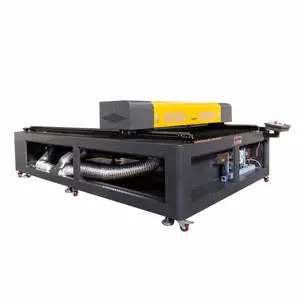
Advertising industry cnc 1325 CO2 150W 300W laser cutting machine with UV printer to cut thick 30mm acrylic plywood wood

cnc leather cutter plotter AOL-1625 oscillating knife cutting machine for leather
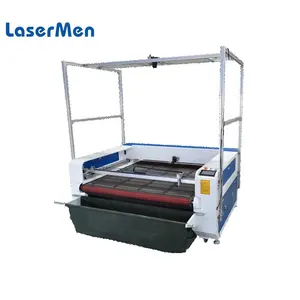
Automatic Printed pattern leather textile fabric laser cutting machine price with CCD camera function LM-1610
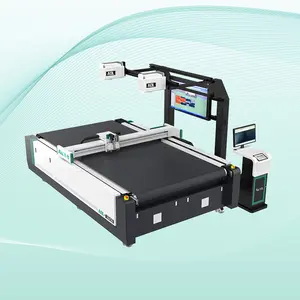
1625 High Quality Cnc Digital Oscillating Knife Leather Cutting Machine Vibrating Round Knife Fabric Textile Garments Cutter

HH-laser 1325 Wood Acrylic 150w CO2 Tube CNC Laser Cut nonmetal co2 laser cutting machine
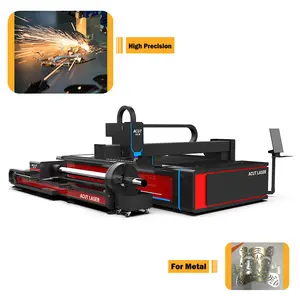
Factory Direct 1530 working size cnc metal fiber laser cutting machine price 1000w 1500w 2000w 3000w router sheet

Yuchen Manufacturer CNC Oscillating Knife Multi Layers Fabric Leather Cutting Machine

LXSHOW 3015 series High Power cnc Fiber Laser Cutting Machine for carbon steel sheet metal

Laser Cnc Cutter 3015 4020 6020 1kw/2kw/3kw Fiber Laser Cutting Machine Cnc Fiber Laser Cutter Machine From Hatuo

China cnc laser co2 1325 acrylic laser cutter with camera CO2 CNC Leather laser Cutting Machine with CCD

High Speed Low Cost Automatic Camera Cnc Laser Cutting Machine Co2 Laser Cutting Machine For Fabric

Sheet metal stainless carbon steel cnc laser cutter 150w 280w 300w 1530 co2 laser cutting machine for sale

MISHI cnc vibrating knife oscillating blade cutting machine 1325 oscillating knife cutting leather wood cnc router machine
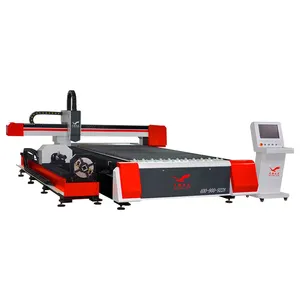
Depeng Automatic Exchange Tube Pipe Plate Integrated Stainless Steel Aluminum CNC Fiber Laser Cutting Machine

1325 co2 laser cutting machine 1325 cnc laser cutter mdf acrylic wood non metal co2 laser cutting machine for wood/plywood/PVC

1310 100w CNC co2 Laser Engraver and Cutter Machine for Wood Plastic Non- metal Laser Cutting Machine

cnc laser/cnc laser cutting machine jinan laser engraving machines/cnc laser wood cutting machine

Factory supply industrial cnc leather punching machine for car

leadshine 80W 9060 690 CNC CO2 laser engraving machine laser cutting machine for acrylic and wood

Full Enclosed 3015 4015 4020 6015 6020 6025 8025 IPG Raycus MAX nLIGHT CNC Metal Plate Fiber Laser Cutting Machine
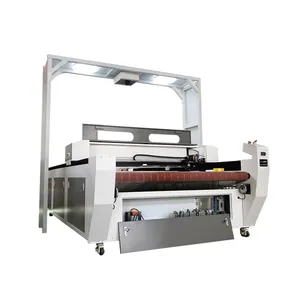
Auto feeding ccd camera computerized embroidery textile leather wool felt cotton home fabric laser cutting machine

CNC MX-1325 4*8 feet 180w 200w 300w co2 laser cutting machine laser engraver laser engraving machine for nonmetal acrylic wood

clothes cutting machine cnc leather cutting machine oscillating knife cutting machine flatbed cutting plotter

Ruizhou Digital cutting machine two cutting heads for shoes leather CNC Oscillating Knife Footwear Leather Cutter

RUK manufacturing machine leather belt cnc oscillating knife cutting die leather strap cutting machine

CC1610 cnc 1610 co2 laser cutting machine 300w 200w

Cnc Leather Cutter Machine flatbed apparel cloth cutting machine hair cut leather chair cutting machine
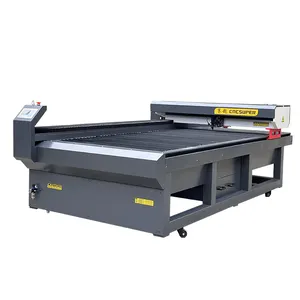


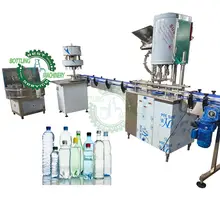


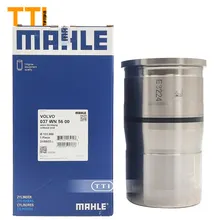




























 浙公网安备 33010002000092号
浙公网安备 33010002000092号 浙B2-20120091-4
浙B2-20120091-4